Optimal Seasons for Foundation Repairs
Foundation repairs are most effective when performed during specific seasons that allow for optimal conditions. Timing can influence the durability and success of repair projects, with considerations for weather patterns, soil conditions, and temperature fluctuations.

Spring offers moderate temperatures and manageable moisture levels, making it suitable for foundation work.
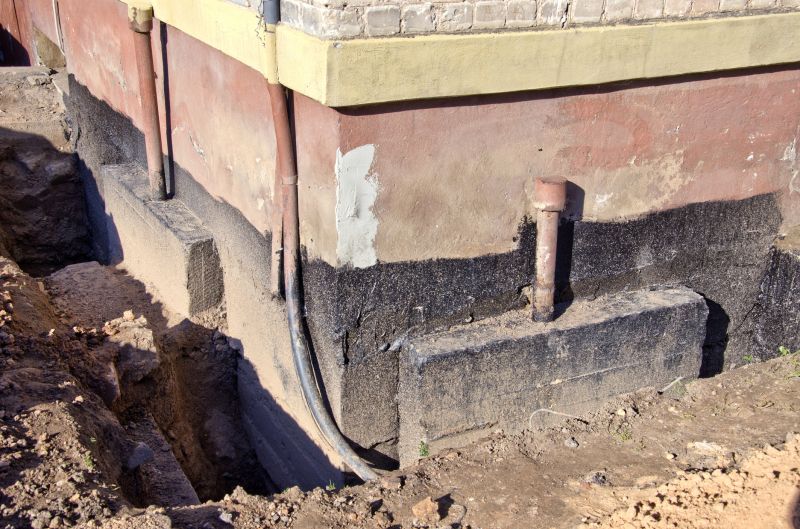
Summer provides longer daylight hours, but high temperatures and dry soil can pose challenges.

Fall typically has cooler temperatures and consistent moisture, favorable for foundation repairs.

Ways to make Foundation Repairs work in tight or awkward layouts.
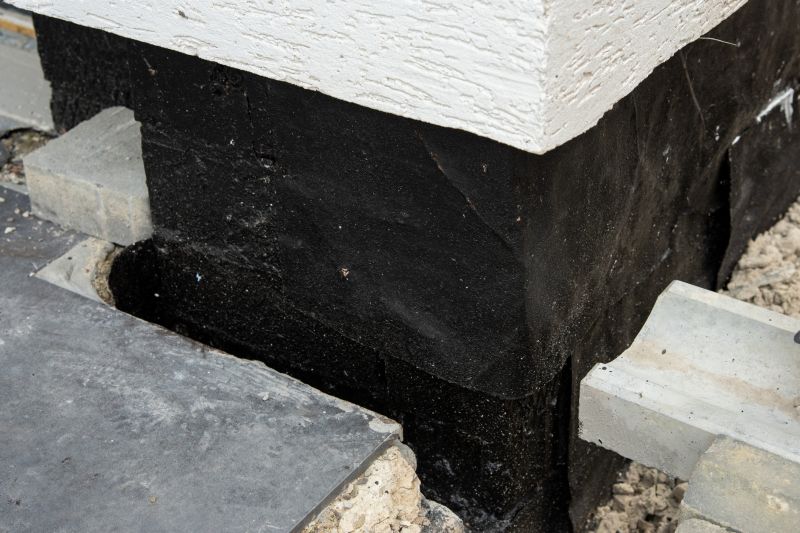
Popular materials for Foundation Repairs and why they hold up over time.

Simple add-ons that improve Foundation Repairs without blowing the budget.
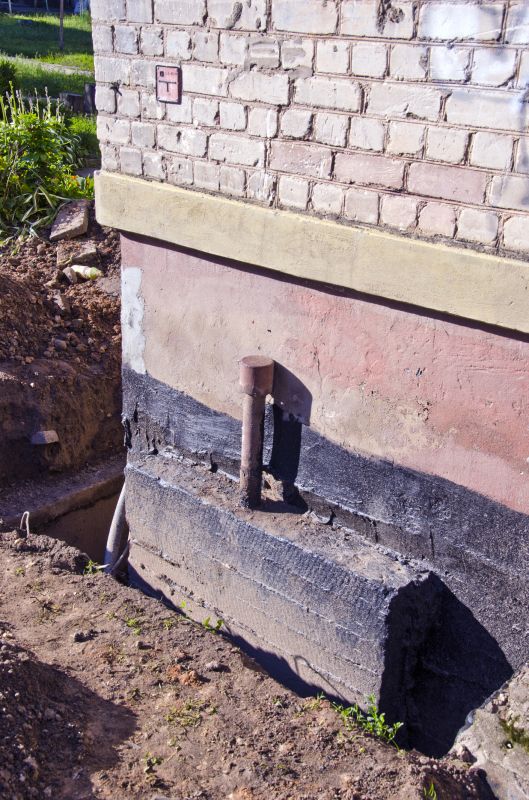
High-end options that actually feel worth it for Foundation Repairs.
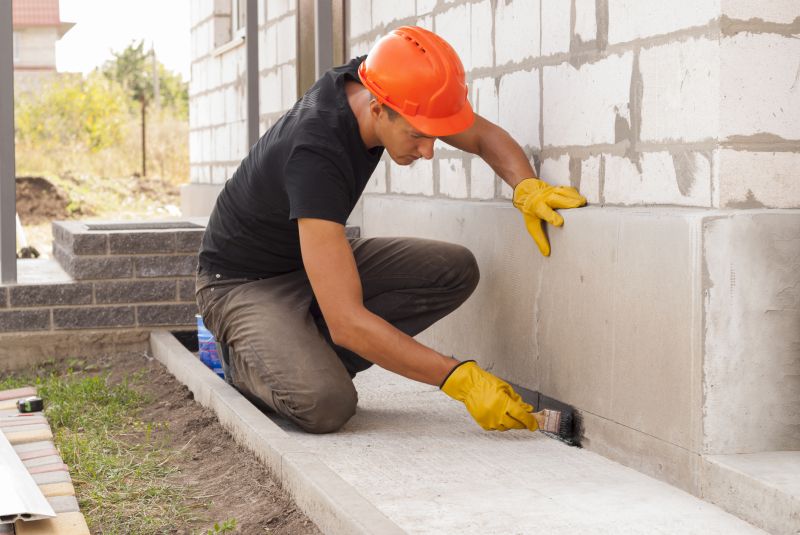
Finishes and colors that play nicely with Foundation Repairs.
The ideal timing for foundation repairs depends on local climate conditions. In areas with significant seasonal changes, late spring and early fall are often preferred due to stable soil moisture levels and moderate temperatures. Performing repairs during these times can reduce complications caused by soil expansion or contraction.
Foundation repairs are best performed when soil moisture levels are stable, reducing movement and shifting.
Extreme cold or heat can affect repair materials and curing times, making moderate temperatures more suitable.
Rain and snow can delay repairs or compromise work quality; dry weather is preferable.
Understanding local soil behavior helps determine the most appropriate repair window.
| Season | Advantages |
|---|---|
| Spring | Moderate temperatures and manageable moisture levels |
| Summer | Longer daylight hours, but watch for high temperatures |
| Fall | Cooler temperatures and consistent moisture |
| Winter | Typically not recommended due to frozen ground |
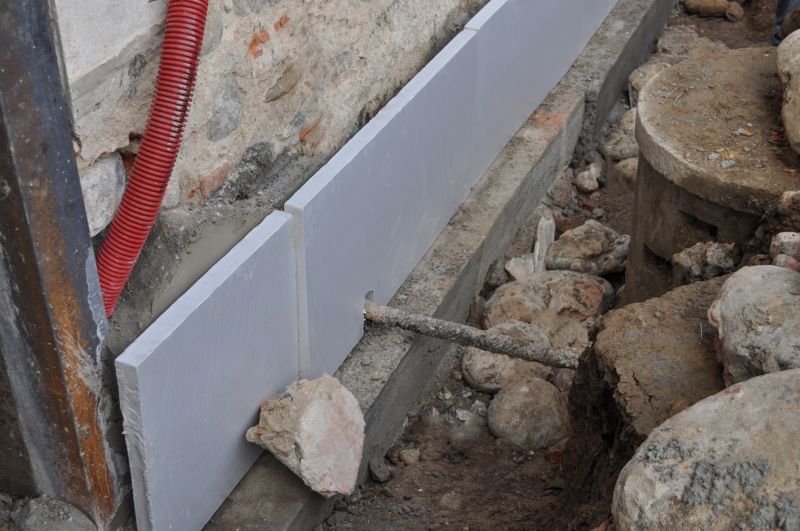
Spring's moderate weather supports effective foundation stabilization.
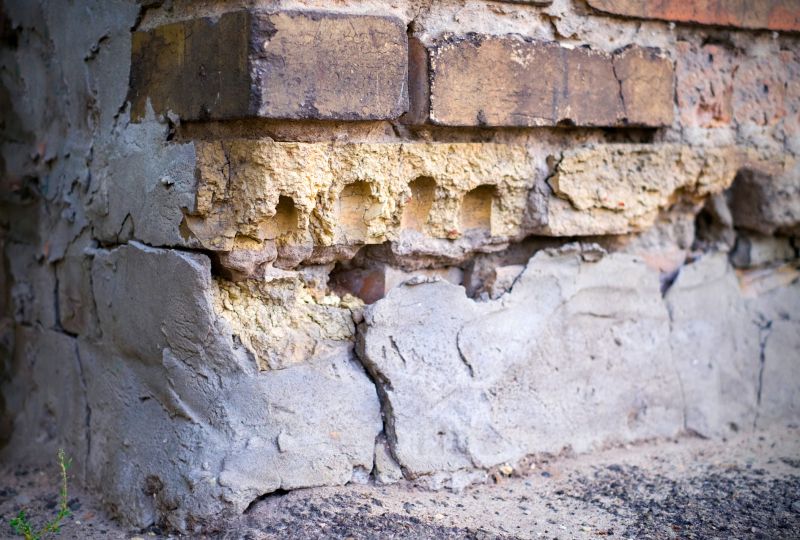
Summer repairs require caution due to heat and soil dryness.
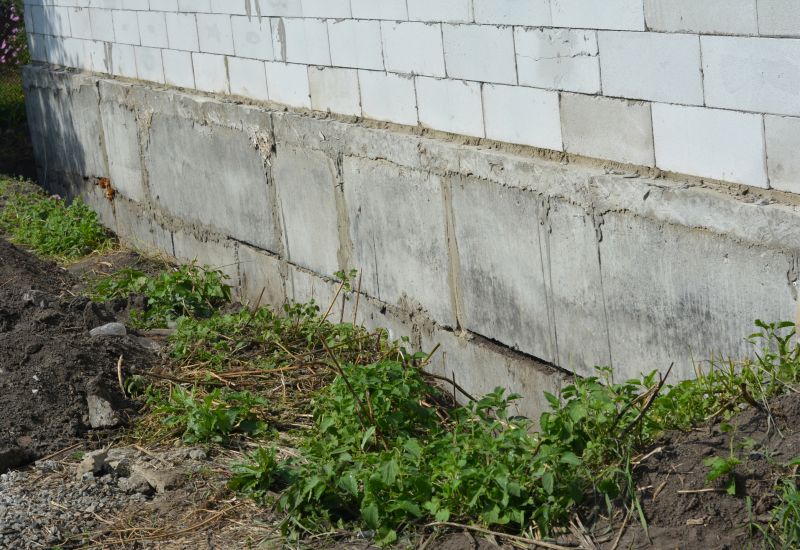
Fall provides favorable conditions for foundation work.

Winter is generally unsuitable due to frozen ground and harsh conditions.
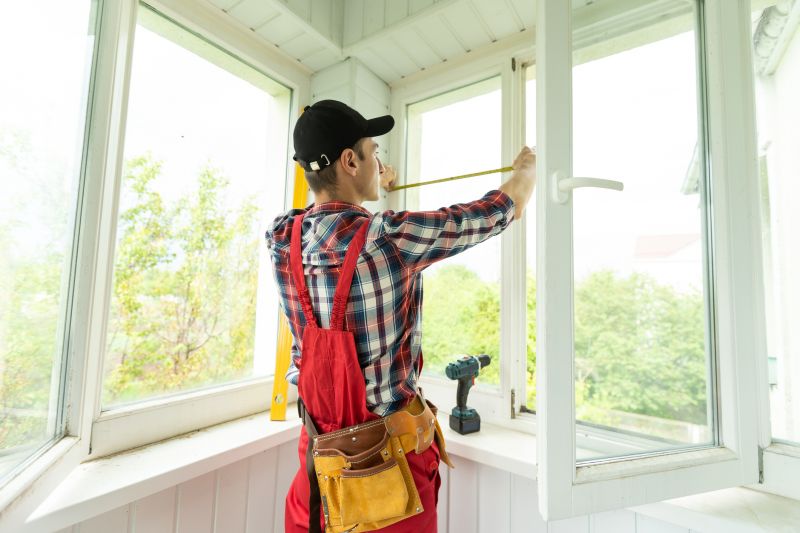
Little measurements that prevent headaches on Foundation Repairs day.
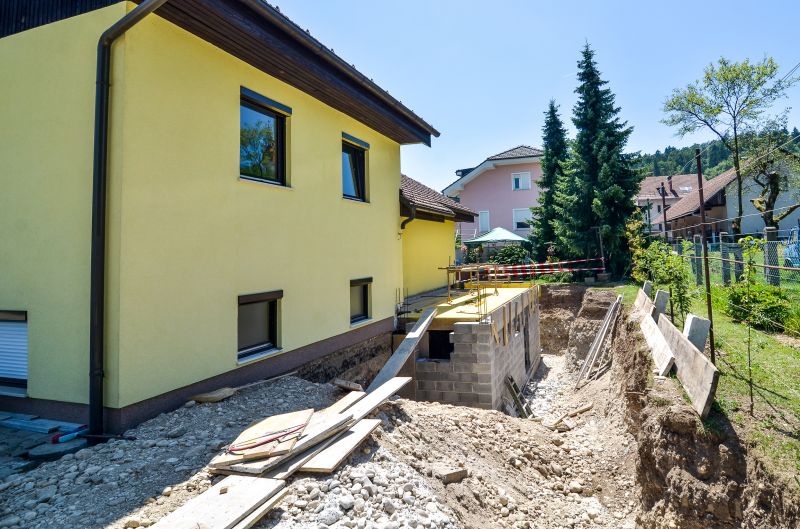
A 60-second routine that keeps Foundation Repairs looking new.

A frequent mistake in Foundation Repairs and how to dodge it.

Small tweaks to make Foundation Repairs safer and easier to use.
Understanding the seasonal factors influencing foundation repairs can help ensure the longevity and effectiveness of the work. Proper timing minimizes risks associated with soil movement, material curing, and weather delays, contributing to a more durable repair outcome.
Local climate patterns significantly affect the optimal repair season.
Stable soil conditions reduce the likelihood of future foundation issues.
Certain repair materials perform better within specific temperature ranges.
Planning repairs during ideal seasons can prevent delays and additional costs.
Choosing the right time for foundation repairs involves evaluating local weather patterns, soil conditions, and seasonal temperature fluctuations. Proper timing can enhance repair durability and reduce the likelihood of future foundation problems.
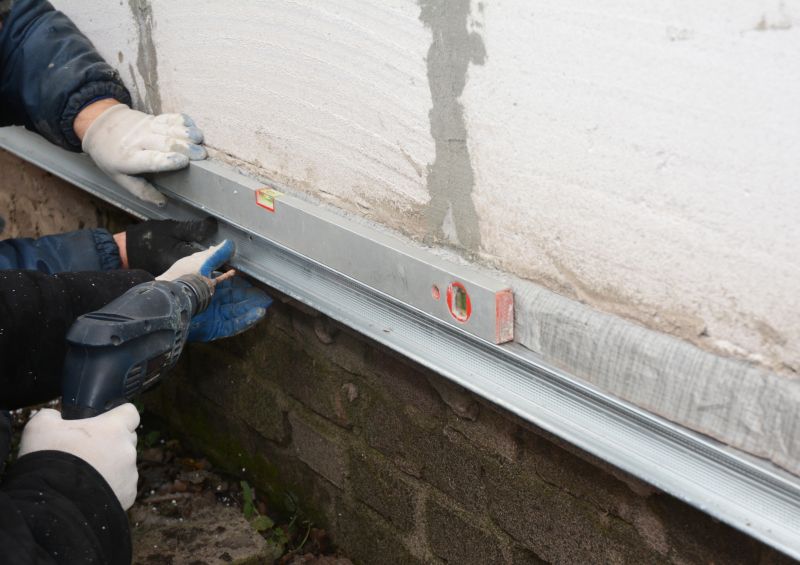
Proper timing ensures effective stabilization and long-term performance.
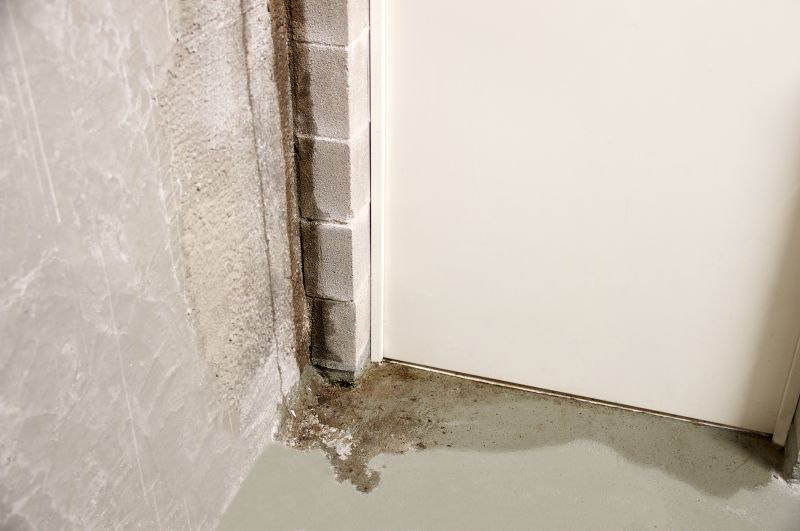
Monitoring soil moisture and weather conditions helps determine the best repair window.
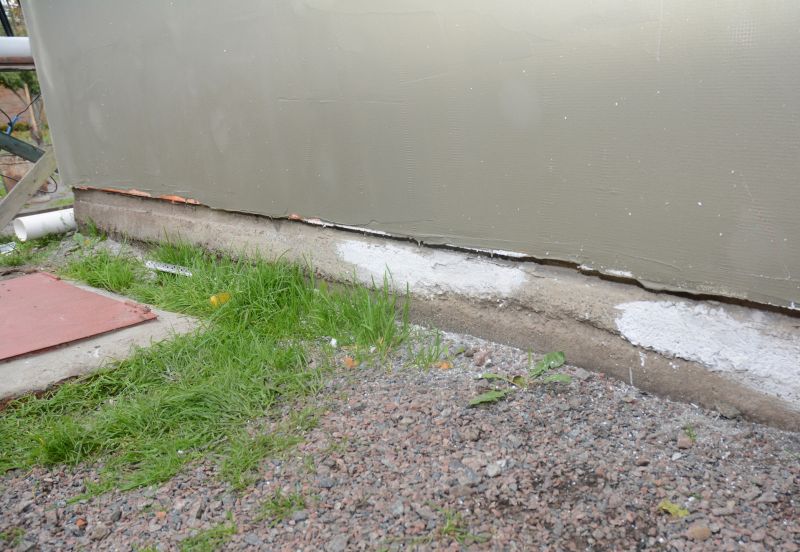
Planning repairs during optimal seasons improves outcomes and reduces risks.

Lower-waste or water-saving choices for Foundation Repairs.

The short, realistic tool list for quality Foundation Repairs.
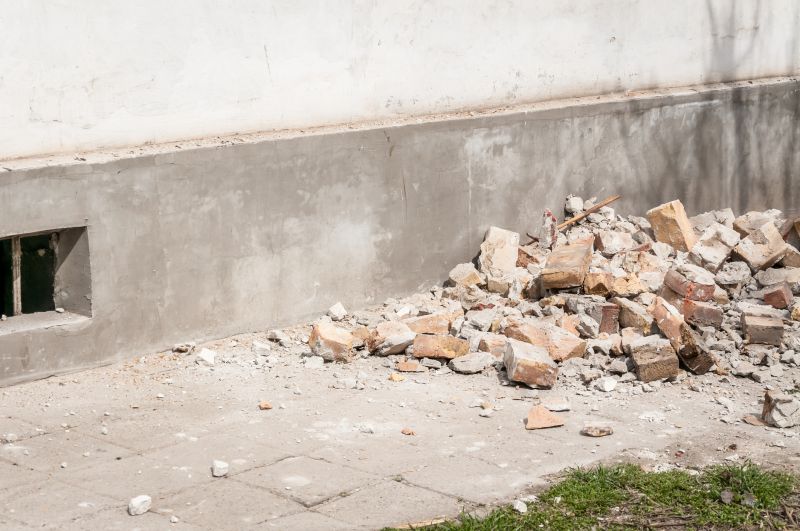
Rough timing from prep to clean-up for Foundation Repairs.

Quick checks and paperwork to keep after Foundation Repairs.
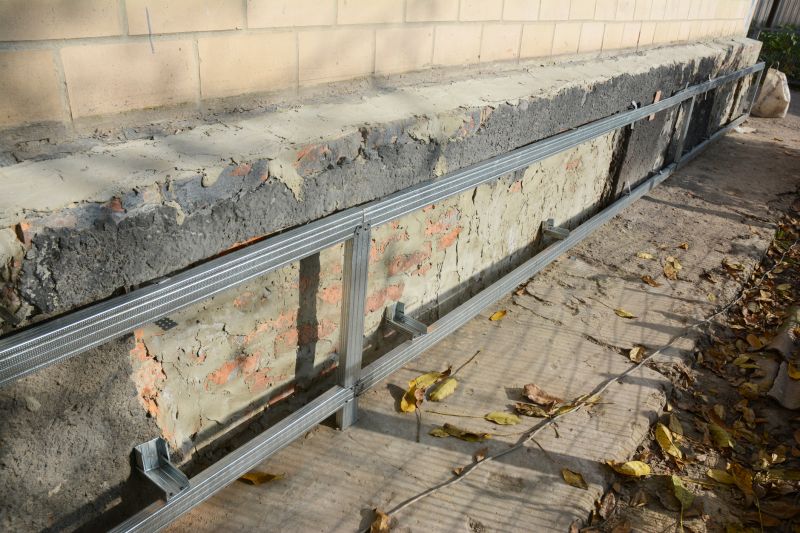
Examples that show the impact a good Foundation Repairs can make.
Interested in foundation repairs? Filling out the contact form provides an opportunity to discuss timing options and receive professional guidance tailored to local conditions. Proper scheduling can contribute to the durability and success of foundation stabilization efforts.


